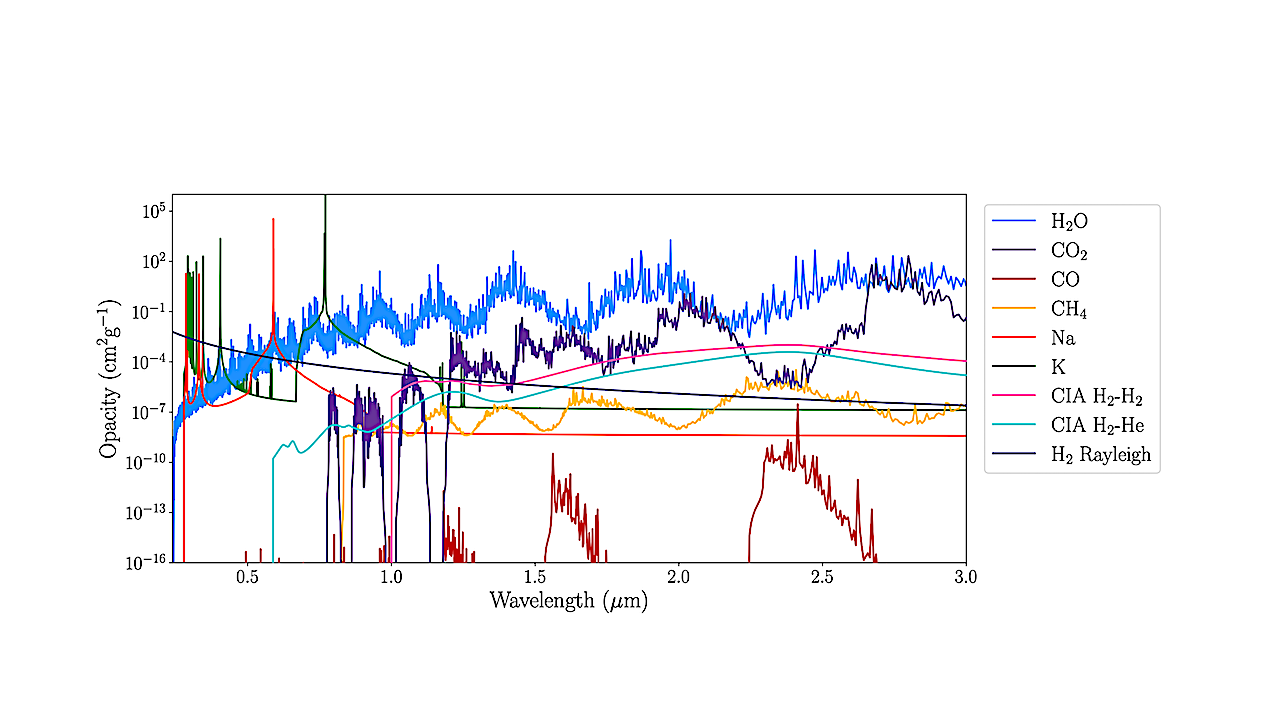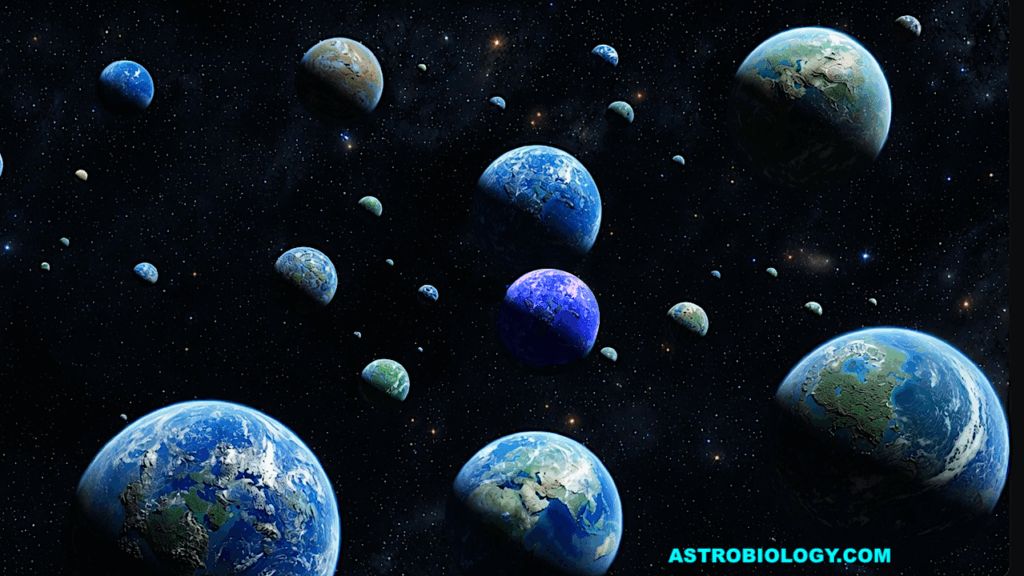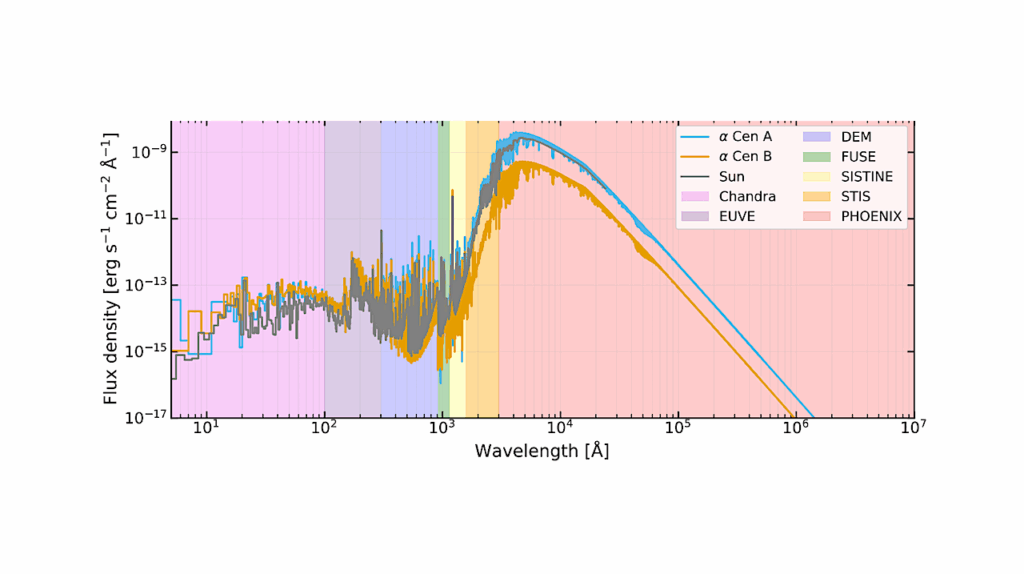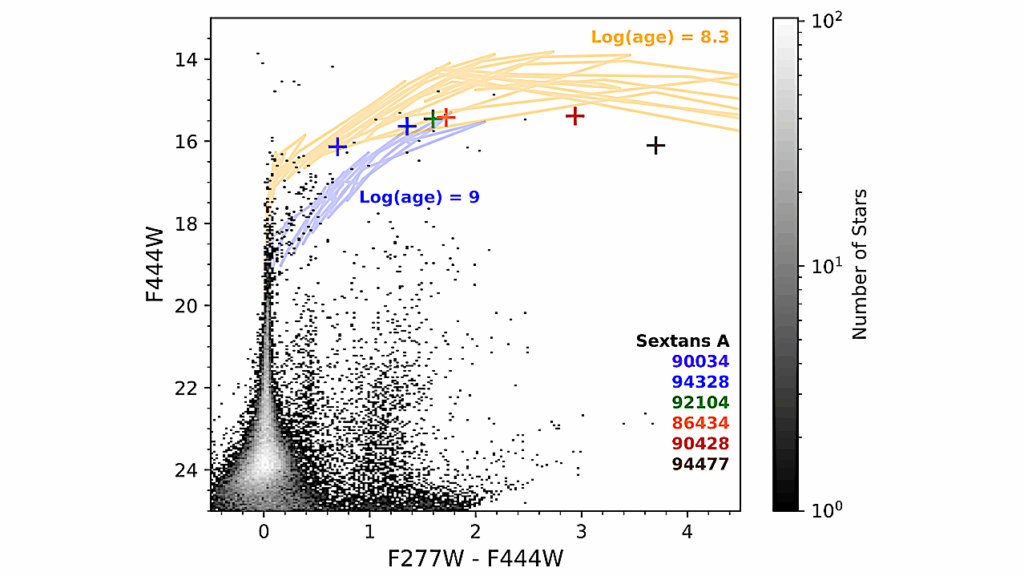JWST/NIRISS and HST: Exploring The Improved Ability to Characterise Exoplanet Atmospheres In The JWST Era

The Hubble Space Telescope has been a pioneering instrument for studying the atmospheres of exoplanets, specifically its WFC3 and STIS instruments. With the launch of JWST, we are able to observe larger spectral ranges at higher precision.
NIRISS/SOSS covers the range 0.6–2.8 microns, and thus can serve as a direct comparison to WFC3 (0.8–1.7 microns). We perform atmospheric retrievals of WFC3 and NIRISS transmission spectra of WASP-39 b in order to compare their constraining power.
We find that NIRISS is able to retrieve precise H2O abundances that do not suffer a degeneracy with the continuum level, due to the coverage of multiple spectral features.
We also combine these datasets with spectra from STIS, and find that challenges associated with fitting the steep optical slope can bias the retrieval results. In an effort to diagnose the differences between the WFC3 and NIRISS retrievals, we perform the analysis again on the NIRISS data cut to the same wavelength range as WFC3.
We find that the water abundance is in strong disagreement with both the WFC3 and full NIRISS retrievals, highlighting the importance of wide wavelength coverage. Finally, we carry out mock retrievals on the different instruments, which shows further evidence of the challenges in constraining water abundance from the WFC3 data alone.
Our study demonstrates the vast information gain of JWST’s NIRISS instrument over WFC3, highlighting the insights to be obtained from our new era of space-based instruments.
Chloe Fisher, Jake Taylor, Vivien Parmentier, Daniel Kitzmann, Jayne L. Birkby, Michael Radica, Joanna Barstow, Jingxuan Yang, Giuseppe Morello
Comments: 21 pages, 17 figures; Accepted for publication in MNRAS
Subjects: Earth and Planetary Astrophysics (astro-ph.EP); Instrumentation and Methods for Astrophysics (astro-ph.IM)
Cite as: arXiv:2409.17042 [astro-ph.EP] (or arXiv:2409.17042v1 [astro-ph.EP] for this version)
https://doi.org/10.48550/arXiv.2409.17042
Focus to learn more
Submission history
From: Chloe Fisher
[v1] Wed, 25 Sep 2024 15:51:26 UTC (23,052 KB)
https://arxiv.org/abs/2409.17042
Astrobiology,








